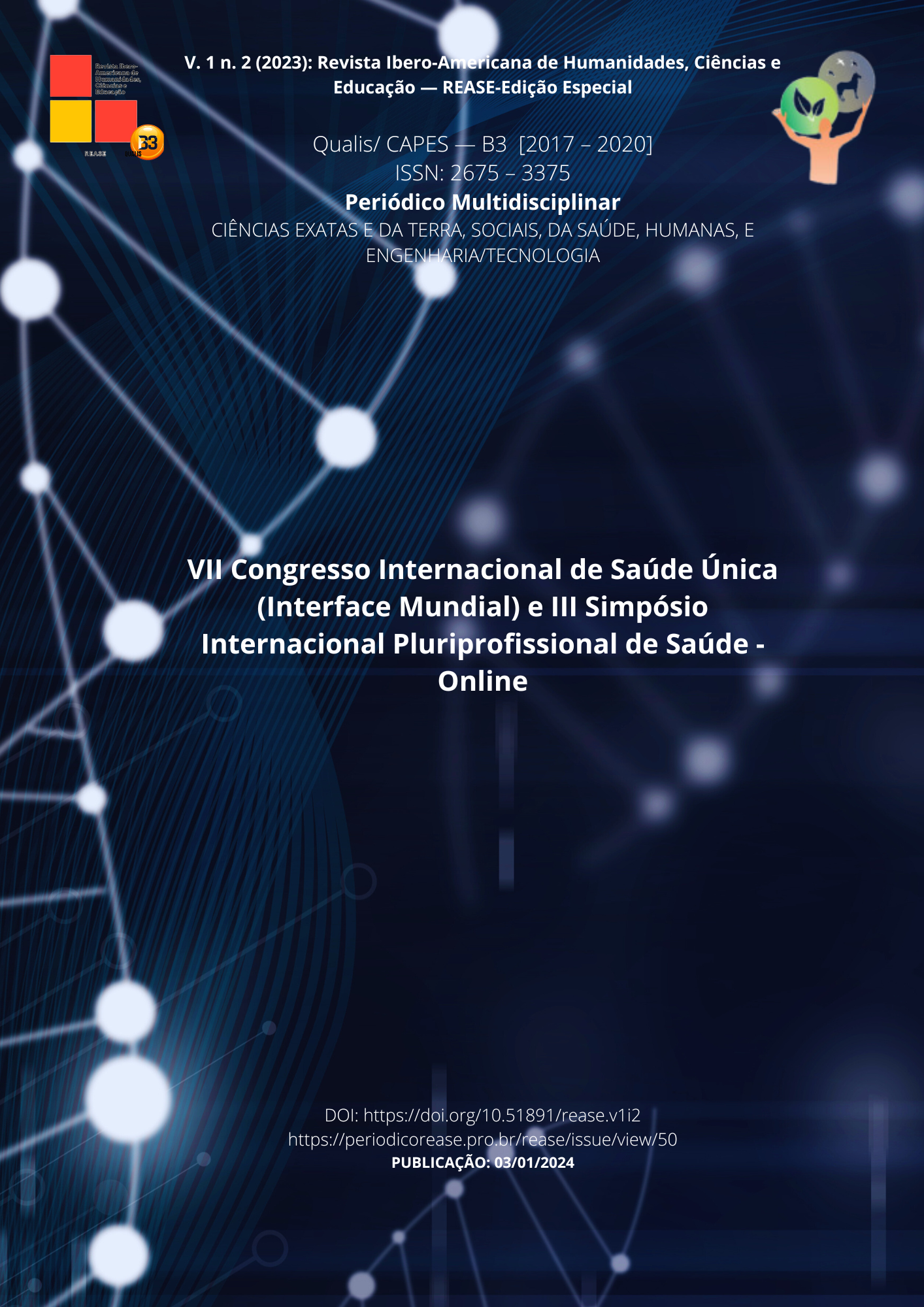IDENTIFICATION OF PHENOTYPIC PROFILES OF THE STREET CANINE POPULATION OF THE FEDERAL UNIVERSITY OF PIAUÍ AND ASSESSMENT OF IMPACT ON PUBLIC HEALTH
DOI:
https://doi.org/10.51891/rease.v1i2.10981Keywords:
Canine, One Health, Zoonoses.Abstract
The concept of One Health, although recent and still under construction, is based on the tripod of environment, human health and animal health. The vulnerability of abandoned animals drives environmental pollution, traffic accidents, cruelty and, mainly, imminent public health diseases, such as zoonoses. Canines are part of everyday social life, both at home and on the streets, being of great interest for studies, due to the ease of contact with them. Among the various phenotypic characters existing among dogs, coat, skull shape and physical state of the animal were observed as the most relevant. This article aims to identify the canine phenotypic profiles present at the Federal University of Piauí, in addition to knowing the opinion of the university community on the subject. For this purpose, digital data collection of stray canines (images) found in the study area was carried out, bibliographic data obtained from previously selected and public opinion surveys through online tests distributed from public social networks of communities academic statements without any form of identification of the respondent. The study area is formed by 9 large urbanized blocks, where 33 dogs were cataloged. Considering a combination of the most commonly found phenotypes, the profile of these animals is: solid yellow color, mesocephalic nose, ideal body score and mixed breed. It is clear that this population has been frequently assisted by the academic community by maintaining their diet, hydration and even veterinary care. Analyzing the public opinion of the academic community, the students consider themselves to be very aware of the problems resulting from the abandonment and overpopulation of these animals, giving already known suggestions for the resolution of the theme. There is, therefore, a significant degree of information but still lacking in actions aimed at promoting human and animal health and wellness.
Downloads
Downloads
Published
How to Cite
Issue
Section
License
Atribuição CC BY

